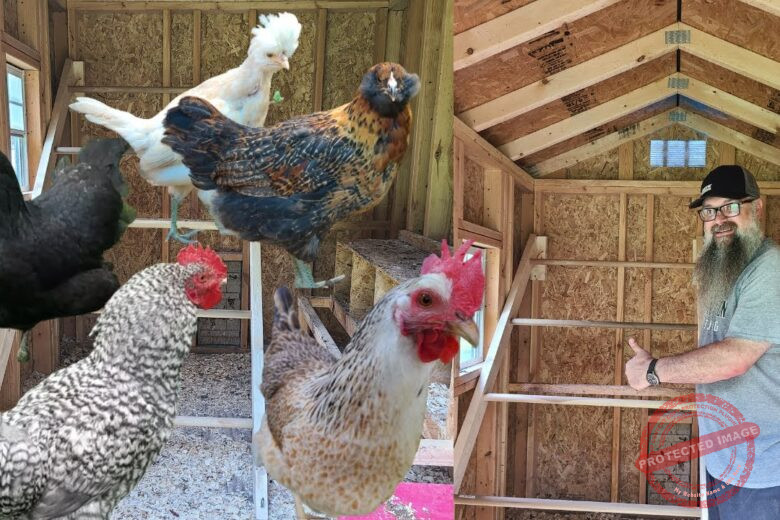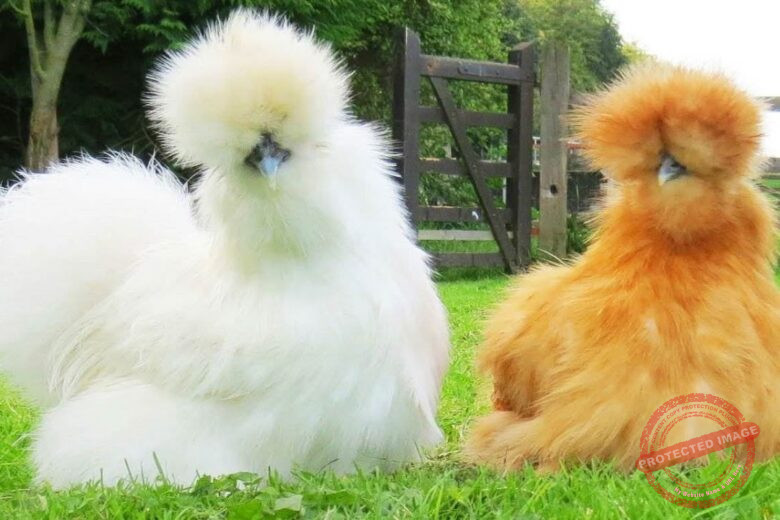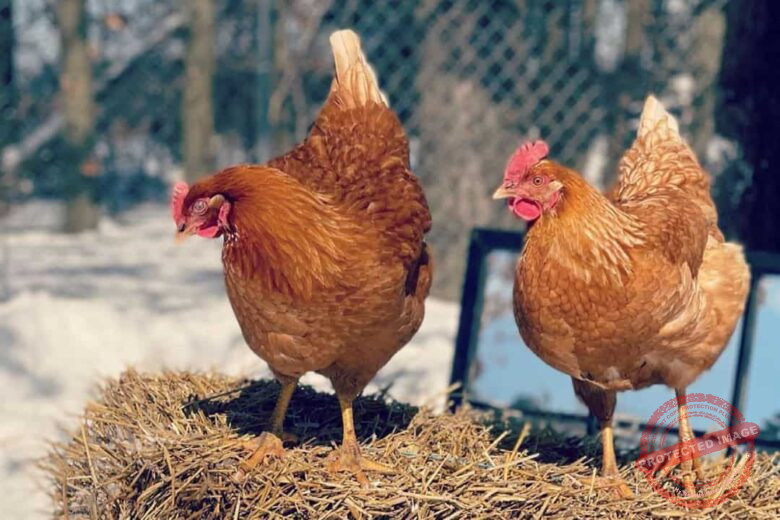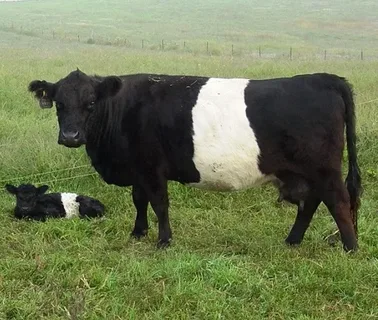If you’ve ever raised chickens, you already know they’re tougher than they look. They scratch through dirt, swallow pebbles without a second thought, and turn scraps into eggs. But here’s a little secret that many new chicken keepers miss: chickens don’t have teeth. Crazy, right? So, how do they manage to break down all those grains, seeds, and kitchen scraps? The answer lies in something most folks overlook—grit.
When I first started raising chickens, grit wasn’t even on my radar. I thought a good feed and fresh water were all they needed. Then one summer, my hens started looking off. They were sluggish, their egg production slowed, and one or two had runny droppings. I thought it might be worms or bad feed, but an old neighbor leaned over the fence and asked, “You giving them grit?” That simple question changed the way I managed my flock. Turns out, grit isn’t just a nice-to-have—it’s essential for poultry digestion and overall health.
The truth is, grit is like the invisible kitchen tool in your chickens’ digestive system. Without it, they can’t grind down food properly, which leads to poor nutrition and sometimes serious health issues. Whether you’re raising a backyard flock for fresh eggs or managing a small farm with dozens of birds, understanding the role of grit could mean the difference between healthy, productive chickens and a coop full of problems. And yes, this includes the special kind—calcium grit for chickens—which can give your hens the boost they need for strong eggshells.
So, let’s roll up our sleeves and dive deep into this overlooked hero of poultry care. What exactly is grit, why do your chickens need it, and how can you make sure they’re getting the right kind?
What Exactly Is Chicken Grit?
Think of grit as your chickens’ teeth. It’s not food, but small hard particles—like crushed granite, flint, or oyster shell—that sit in the gizzard and grind up whatever your hens swallow. Since chickens don’t chew, the gizzard acts as a natural mill. With grit inside, it can crush whole grains, fibrous plants, and even the occasional bug into digestible pieces.
There are two main types of grit:
-
Insoluble grit (like granite): This doesn’t dissolve. It stays in the gizzard to help grind food.
-
Soluble grit (like oyster shell): This breaks down, providing minerals—especially calcium for egg production.
New chicken keepers often confuse the two. But here’s the deal: both are important. Insoluble grit keeps digestion moving, while soluble grit like oyster shells builds strong eggs.
Why Grit Matters More Than You Think
Have you ever seen a chicken swallow a whole kernel of corn? It looks impossible, but they do it all the time. Without grit in the gizzard, that corn just sits there, half-digested. Over time, it causes blockages, poor absorption, and in bad cases, crop impaction.
Healthy digestion = healthy chickens. Without grit, you’ll notice:
-
Reduced egg laying
-
Runny or undigested feed in droppings
-
Weight loss even if they’re eating
-
General sluggishness
One winter, I ran out of grit and figured the flock could do without until I made my next supply run. Within a week, I noticed eggshells thinning, droppings looking strange, and hens acting cranky. Once I restocked the grit, the difference was clear within days.
Chicken Grit vs. Calcium Grit for Chickens
Here’s where many folks trip up. All grit isn’t the same.
-
Granite grit: The go-to choice for aiding digestion. Every bird in your flock needs this.
-
Calcium grit for chickens (oyster shell or limestone chips): Provides a calcium boost that laying hens need for strong, healthy eggs.
If you’re raising hens for eggs, offering calcium grit separately is crucial. Don’t mix it into their main grit. Why? Because younger pullets and roosters don’t need that extra calcium—it can actually cause kidney problems for them. Instead, keep oyster shell or crushed eggshells in a separate dish, and the hens will self-regulate.
Do Free-Range Chickens Need Grit?
Here’s a common question I hear: “If my chickens free-range, do they still need grit?”
The short answer is—yes and no. Free-ranging birds naturally pick up tiny stones and pebbles as they forage. That covers their insoluble grit needs, especially if your soil is rocky. But unless you live by the coast and your flock scratches up oyster shells on their own, they won’t get enough calcium grit without your help.
Think about it like this: free-ranging birds still need grit offered in a feeder, especially in winter when the ground is frozen or covered in snow. That’s when your hens rely on you the most.
How To Offer Grit To Your Chickens
Offering grit is simple, but it’s easy to get wrong. Here’s a step-by-step approach:
-
Choose the right grit for their age.
-
Chicks: Start with chick grit (smaller particle size).
-
Adults: Regular granite grit.
-
-
Provide it in a separate container.
Chickens should be able to choose when and how much grit they want. Don’t mix it into their feed, or it’ll just get wasted. -
For laying hens, add oyster shell.
Keep a dish of calcium grit for chickens on the side. They’ll only eat what they need. -
Check and refill weekly.
Grit lasts longer than feed but can run out without you noticing.
Practical Scenario: Learning The Hard Way
A couple of years back, I noticed one of my hens, Daisy, acting strange. She’d sit in the corner puffed up, not her usual curious self. I thought it might be illness, but when I picked her up, I realized her crop was swollen and hard. A neighbor asked me if she had grit access. Embarrassed, I admitted the grit dish had been empty for weeks.
Long story short, Daisy needed a bit of TLC to get back on track. After reintroducing grit, not just for her but for the whole flock, everyone perked up. That experience stuck with me. Now, grit is as regular a part of my checklist as feed and water.
FAQs About Chicken Grit
1. Do baby chicks need grit?
Yes, but only if they’re eating anything besides starter feed. Starter feed is already milled fine enough. The moment you offer treats like greens or grains, give them chick-sized grit.
2. Can I use sand as grit?
Not really. Sand is too soft and passes through the system without helping grind food. Stick to granite or store-bought poultry grit.
3. What about crushed eggshells?
Great as a calcium source but not a substitute for granite grit. Use them as a supplement for laying hens, not the whole flock.
4. How much grit do chickens eat?
Not a lot. They’ll eat just what they need, then stop. That’s why keeping it available free-choice works so well.
5. Can grit go bad?
Granite grit won’t spoil, but oyster shell can clump or mold if it gets wet. Keep containers dry.
How To Save Money On Grit
Feed store grit is affordable, but costs add up. Some thrifty options include:
-
Collecting small pebbles from your yard (wash them first).
-
Crushing up your own oyster shells after seafood dinners.
-
Using local quarries (ask if their stone is poultry safe).
Just make sure the pieces are the right size and not sharp.
Healthy Chickens, Better Eggs
Here’s the part I love most about grit: the results show up in your egg basket. Once I got serious about offering both granite grit and calcium grit for chickens, my hens’ eggshells went from thin and fragile to strong and dependable. It wasn’t just about eggs either—my flock looked healthier, acted livelier, and had far fewer digestive issues.
Raising chickens is a learning curve. You figure out things you didn’t know you didn’t know. And grit is one of those hidden essentials. It’s easy to overlook, but once you understand it, you won’t go back.
Final Thoughts
At the end of the day, grit is one of the cheapest, simplest ways to keep your flock healthy. It doesn’t look fancy, it doesn’t cost much, but it makes a world of difference. Don’t wait for digestive issues or thin-shelled eggs to remind you how important it is. Whether it’s plain granite or calcium grit for chickens, keeping it available is one of the best gifts you can give your birds.
Raising poultry is full of little lessons like this. Some you learn from books, others from watching your birds, and a few from trial and error. My advice? Keep grit on the checklist, alongside feed, water, and shelter. Your flock will thank you with healthier bodies and stronger eggs.



